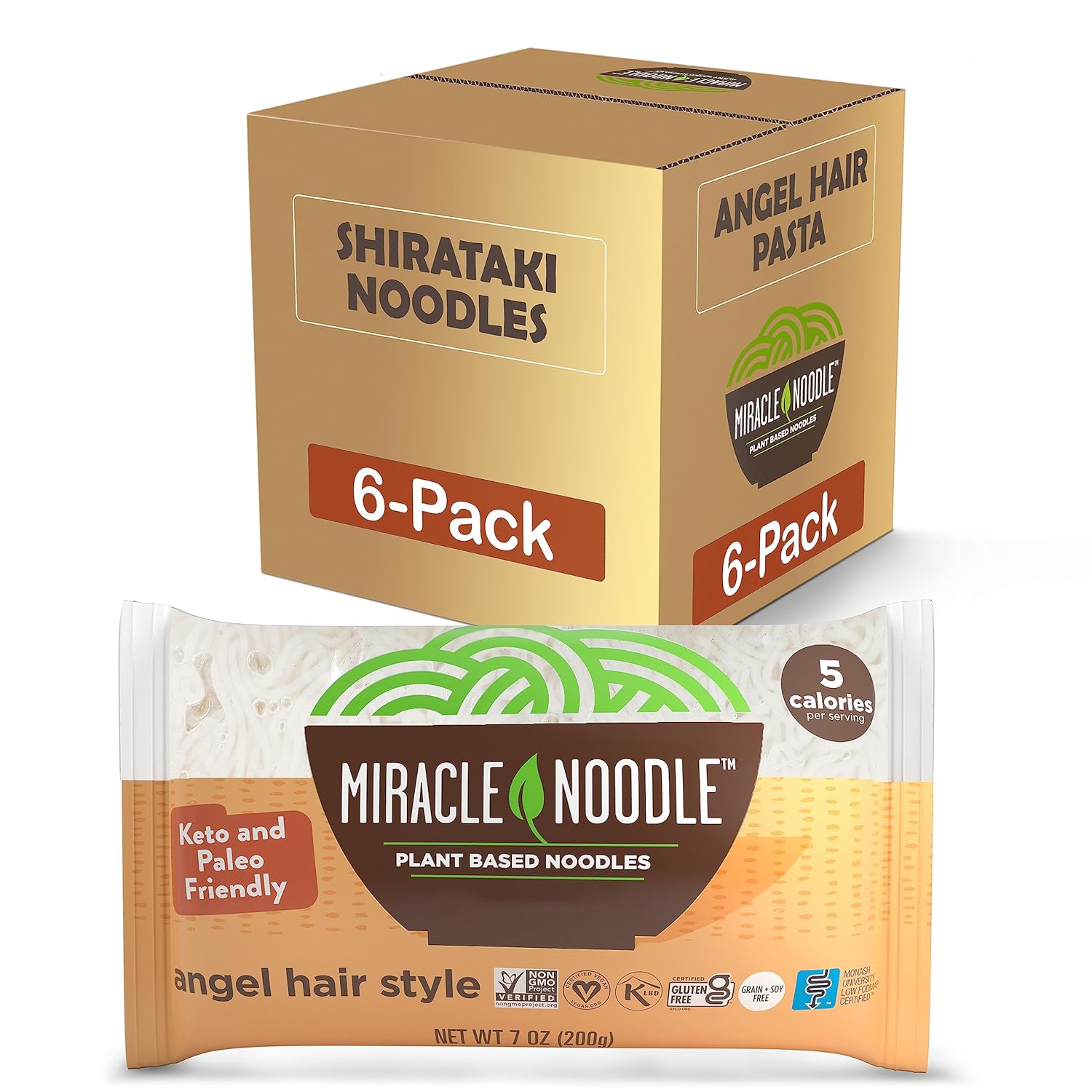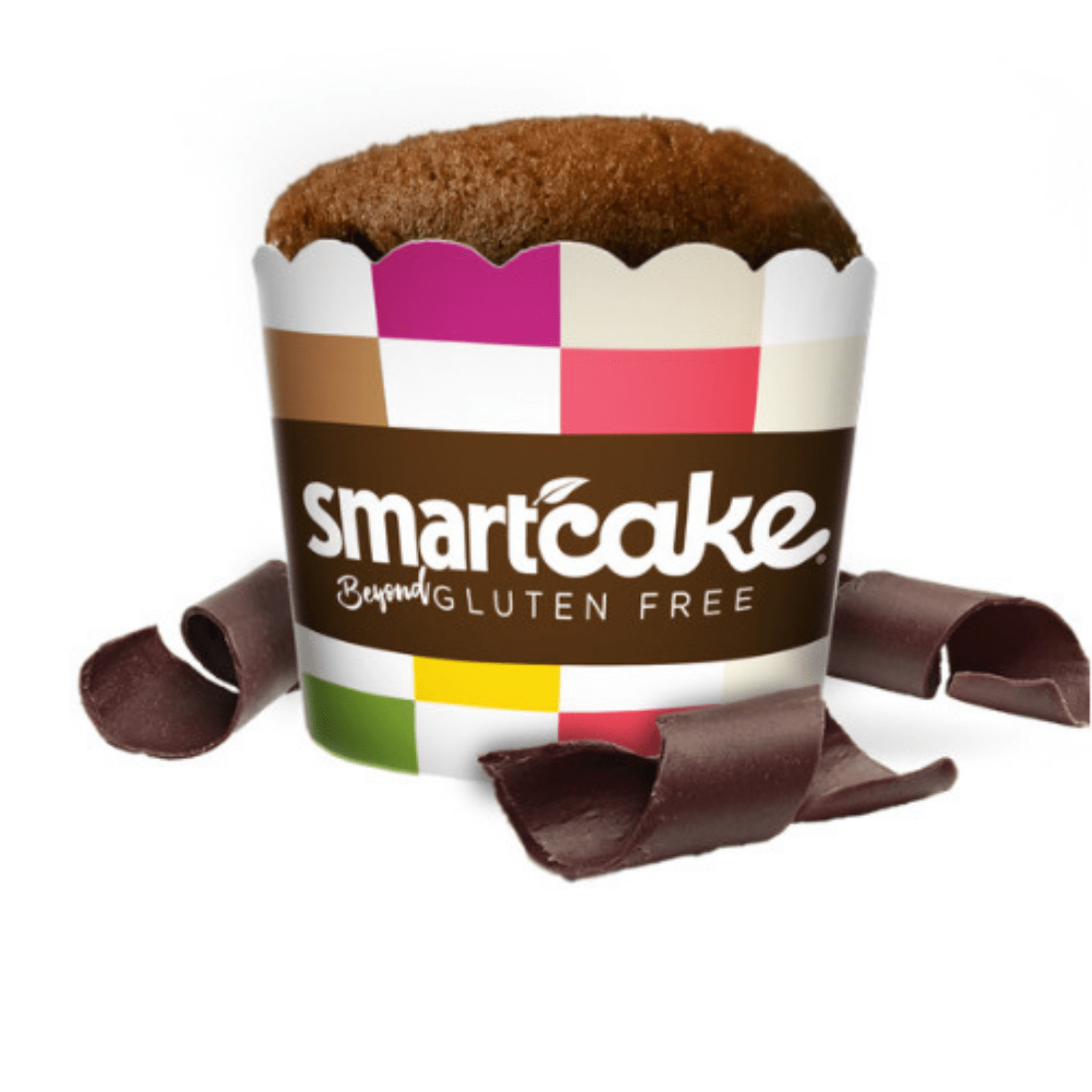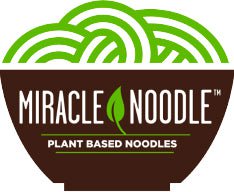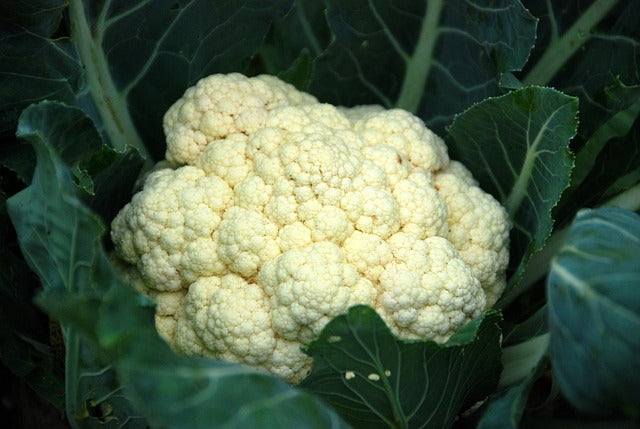Do you love making kale smoothies? Do you love to eat your cabbage, cauliflower or broccoli raw? If you do, have you ever experienced gastrointestinal discomfort after eating them?
Don’t be surprised. When eaten raw or in large quantities, cruciferous vegetables like kale, collards, Brussels sprouts, kohlrabi, and broccoli, can in fact cause gas, bloating and diarrhea.
Why Your Stomach Sometimes Hurts When You Eat Cruciferous Vegetables
Cruciferous vegetables have a chemical in them that is formed when the cell wall is crushed. There is enzyme inside the cell that produces a third chemical called an isothiocyanate. In appropriate amounts, these phytochemicals in cruciferous vegetables may offer protection from certain types of cancer.
However, these are also the same chemicals that serve to protect the vegetable from insects. In huge amounts, these may cause problems for our system. In his book, The Plant Paradox, renowned cardiologist and heart surgeon Dr. Steven Gundry says, fruits and vegetable foods “have their own sophisticated ways of defending themselves from plant predators.”
There is no question that cruciferous vegetables are great for you. You can and should incorporate them into your diet. This article is for those who have tried these cruciferous veggies but had gas or nausea.
These bitter beneficial phytochemicals in cruciferous vegetables become a problem when you’re blending them or eating them raw. What happens when you’re blending them is you're breaking up almost all the cell membranes, multiplying the isothiocyanates in these vegetables. In great numbers, these isothiocyanates become so potent that they can disturb your system and cause gut problems like gas and pain.
As you can see, the way you prepare and eat cruciferous vegetables affects their effect on you. They can either greatly benefit you or potentially irritate your gut, depending on how you prepared these veggies. If you have had problems in the past with these veggies, this could be the reason.
Notice how bitter-tasting cruciferous can be when they are blended. This bitter taste is actually the phytochemicals produced and is part of the reason why insects stay away from them. This is why I don't generally put cruciferous vegetables in my smoothies because it generally makes them taste bitter. Too much of a good thing can also be a problem and in this case, for some people, blending them raw could be too much.
Why It’s Better to Cook and Chew Your Cruciferous Vegetables If You Have Had Problems in The Past
The effect is different when you chew these vegetables. When you only chew them, you release isothiocyanates in amounts that your body will be able to handle and benefit from.
Cruciferous vegetables also have a complex sugar called raffinose that humans can’t break down. That can also lead to gassiness and gut discomfort. Cooking cruciferous vegetables help break down this sugar.
Goitrogens, compounds that are found in cruciferous vegetables, are another thing to watch out for when eating them raw. These can affect your thyroid. We will talk about this in detail in another blog.
One thing you can do with these these cruciferous vegetables is to chop them up and let them set for a little bit of time. Chop them finely so you're getting some of that crunchy cell membrane broken down and then make a soup out of it. When you chop and cook them, the beneficial phytochemicals are created, but the cooking process gets rid some of the other potentially irritating problems.
If you want to add greens to your smoothies, I recommend a mild green blend with spinach or romaine lettuce. For those of you who can tolerate blended cruciferous veggies, more power to you! For those who can’t, you don’t want to avoid them, just follow the suggestions above to make them more digestible and less irritating.
If you have questions about cruciferous vegetables, comment below or join the discussion on our Weight Loss Awakening Friendship Group.



